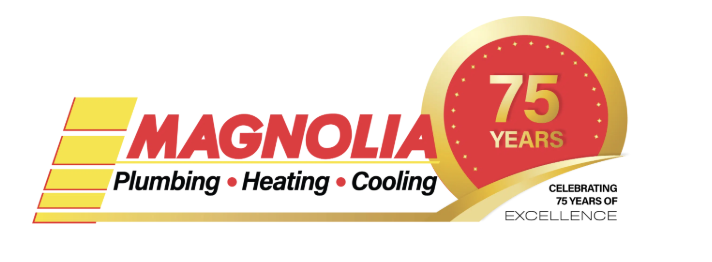New Efficiency Standards For Commercial Water Heaters Are Coming. How Can CRE Owners Prepare?

Commercial real estate buildings are responsible for 39% of global energy-related carbon emissions. The vast majority of those emissions come from the energy needed to heat, cool and power buildings.
To combat the impact buildings make on the environment, the Department of Energy has set national minimum energy efficiency standards for commercial water heaters. These standards were recently updated to state that as of Oct. 6, 2026, only high-efficiency condensing gas commercial water heaters can be manufactured or imported into the United States.
Additionally, the new minimum thermal efficiency level will be raised from 80% to 95%. According to Matthew Tarbert, commercial sales manager for plumbing, heating and cooling firm Magnolia Companies, only condensing water heaters can achieve this level of thermal efficiency.
“While contractors will still be able to install non-condensing commercial water heaters until the supply runs out, they will eventually have to switch to condensing water heaters,” Tarbert said. “This will lead to a whole new set of challenges for building owners that they need to prepare for if they want to be in compliance with the new regulations.”
Condensing water heaters capture and reuse heat from exhaust gases, making them more energy-efficient. Tarbert said that condensing water heaters are more expensive than their non-condensing counterparts and they also require a completely different venting system, so making this change may take significant time and money.
“To change to a condensing water heater, you will need to completely change the flue gas vent system, which will lead to increased labor and material costs,” he said. “In many cases, when switching from non-condensing to condensing, the installation will take more than a day and buildings may experience longer delays in returning hot water to the building.”
While condensing water heaters are not a new technology, they do require specific installation practices that some building owners may not be familiar with. Magnolia has years of experience installing these types of water heaters and maintains strategic partnerships with leading water heater distributors, vendors and manufacturers to ensure they deliver the best solutions to customers, Tarbert said.
He added that Magnolia’s field staff has the expertise to work in occupied buildings and deliver a full replacement with minimal interruption to customers.
“There will not be a cookie-cutter type solution for this problem,” he said. “Magnolia has the resources to look at each project individually and devise a solution that makes the most sense, both from a technical and cost-effective perspective.”
Looking ahead, Tarbert said building owners need to start looking at their current water heater’s venting system, since depending on where and how the existing system operates, changing over to a new one could take days.
“We suggest owners start budgeting for this venting change now, and have it put into place before their water heater goes down,” he said. “If the venting is already in place, the downtime can be greatly reduced.”
This article was produced in collaboration between Studio B and Magnolia Companies. Bisnow news staff was not involved in the production of this content.
Studio B is Bisnow’s in-house content and design studio. To learn more about how Studio B can help your team, reach out to studio@bisnow.com.

